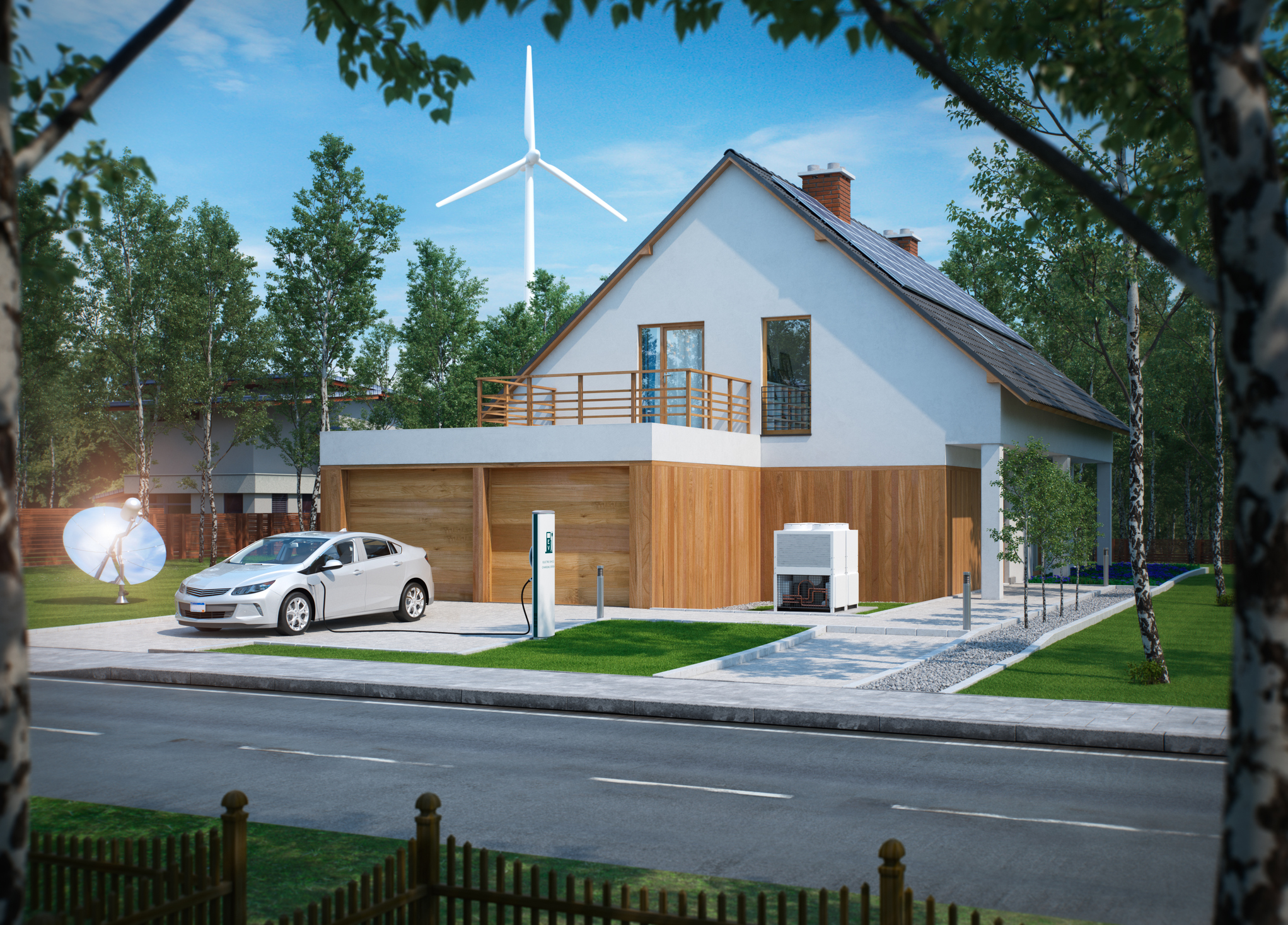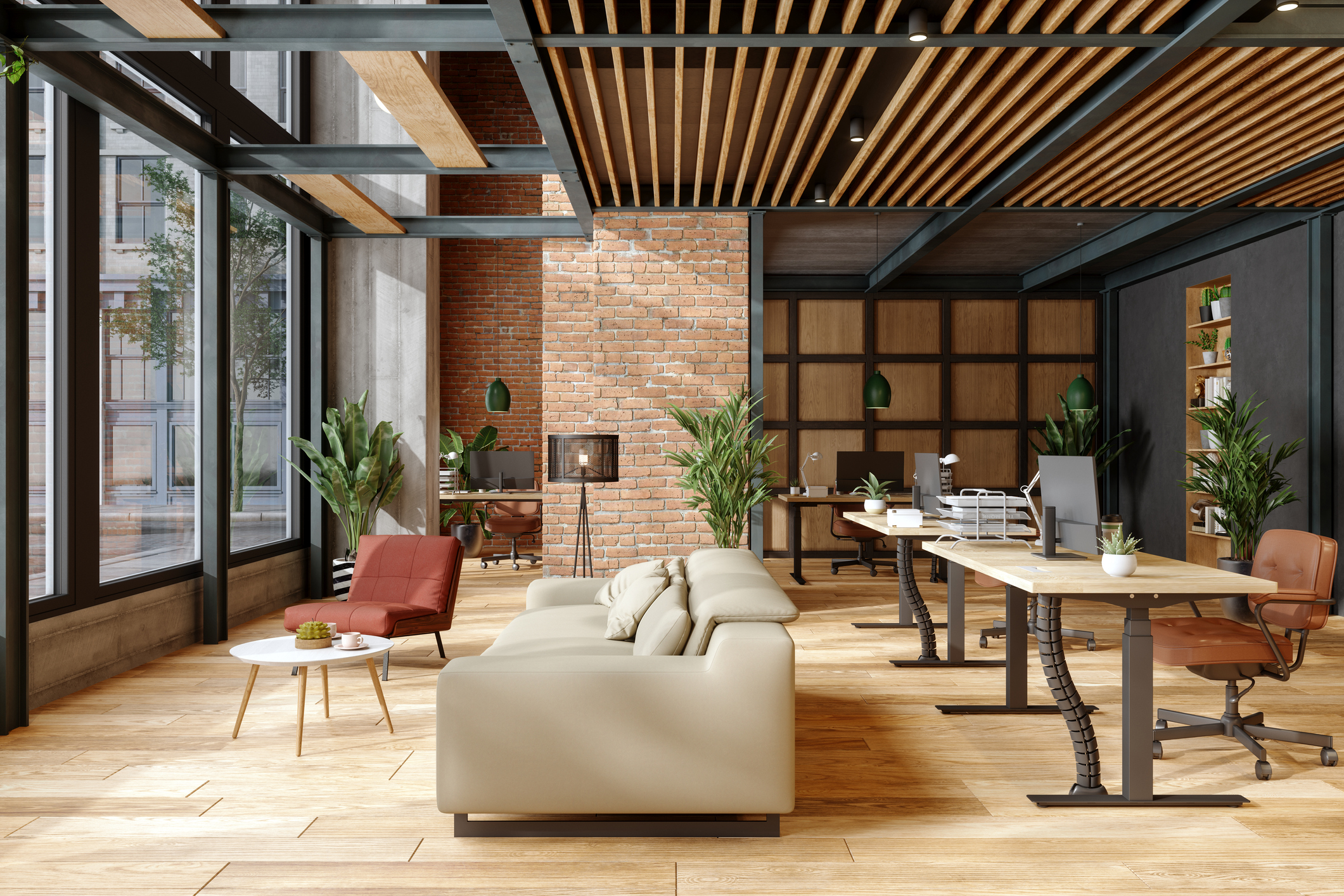If you're discussing a commercial real estate lease and its associated costs, you'll likely hear about common area maintenance (CAM) charges. They're an important part of a lease and have a significant impact on the property's net operating income (NOI) and the amount a tenant will pay to occupy the space.

What are CAM charges?
CAM charges are the costs of common area maintenance that landlords pass on to their tenants. These maintenance expenses can include any cost related to managing and maintaining the commercial property. In conversation, you'll likely hear these charges simply referred to as CAMs.
Unfortunately, there's no universal agreement on what CAM charges include. The costs included in CAM fees can vary from one market to another and even locally from one landlord to another.
Adding CAM charges is typically beneficial to the landlord because it allows them to be reimbursed for certain costs associated with owning and managing the property. This protects the property owner from increases in costs, so the property's return on investment isn't greatly affected.
For tenants, CAM charges can be scary. While the landlord gets protection from fluctuating costs, the tenant may end up taking a hit when expenses rise.
On the other hand, CAM fees can benefit the tenant. Some landlords will put off certain maintenance and repairs if they have to bear the cost themselves. Passing these costs on to tenants tends to make landlords less reluctant to keep up with maintenance, ensuring the tenant will have a clean, well-maintained space.
What's included in CAM?
CAM charges normally include all the costs of repairing, maintaining, and cleaning the common areas of a leased property. The exact costs included in CAM charges are completely dependent on the specific lease that a tenant and landlord agree on.
These charges can be limited to a few specific items or can be much broader, covering all the expenses on the property. However, some costs can generally be expected, including:
1. Parking lot maintenance
This may include repairing cracks, resurfacing, repainting lines, and parking lot lighting.
2. Lawn care and landscaping
Common lawn care and landscaping costs include mowing the grass, weed control, fertilizing, maintaining the irrigation system, trimming shrubs and trees, replacing mulch, and planting flowers.
3. Snow removal
This cost obviously fluctuates greatly by location. Snow removal costs can also vary significantly from year to year, depending on the amount of snow the area gets.
4. Sidewalks
It's in everyone's best interest to keep sidewalks maintained. Actions like replacing broken sections of concrete and keeping sidewalks clear of snow and ice are important to the safety of everyone visiting the property.
5. Hallways
If the property includes common hallways shared by multiple tenants, the property manager will usually be responsible for keeping them clean and well-lit.
6. Bathrooms
Many multiunit commercial properties have shared restrooms. These have to be cleaned regularly and stocked with supplies.
7. Elevators
If the building has elevators, there will be expenses related to maintaining them.
8. Utilities
The costs of electricity for lighting the parking lot, water for the bathrooms, and gas to keep the hallways heated are usually shared among the tenants benefiting from these utilities.
9. Other operating expenses
Different properties have their own unique needs, and the costs associated with them are often shared by the tenants. This could include on-site management, security, or any other expenses required to manage and maintain the commercial property.
There are a number of other operating costs that are common to see included in the CAM charges spelled out in a lease, some of which go beyond what many would consider "maintenance," including:
- Building repairs
- Property management fees
- Administrative expenses
- City permits
- Property taxes
- Property insurance
- Any other expenses a landlord may want to include
Do all commercial lease terms include CAM charges?
Not all properties include CAM charges in their lease terms. It's typically more common to see these maintenance fees charged to tenants in retail, warehouse, and industrial spaces. Office leases often add them to the rent instead of making them a separate charge.
Some expenses may vary a bit, depending on the terms agreed upon by the tenant and landlord during lease negotiations. For example, in many cases, the tenant is only responsible for HVAC repairs up to a certain dollar amount per year. This is called a "stop." It's similar to an insurance deductible.
Most retail properties have triple net leases, including restaurants, strip malls, shopping centers, and single-tenant properties. Real estate investment trusts (REITs) and other investors usually prefer to purchase properties with triple net (NNN) leases in place due to the stability of the net cash flow.
Net net lease, or NN lease
In a net-net lease, the tenant pays their share of property taxes and property insurance. The landlord pays for all the common area maintenance. This type of lease is less common than a triple net lease, but it has its advantages in some situations.
It may be attractive to potential tenants because it minimizes their risk. A net-net lease is also more common when the common area expenses are shared among multiple properties within an investor's portfolio. A net-net lease will usually have a slightly higher base rent than a triple net lease since the landlord has more expenses to cover.
Net lease
A net lease isn't a common lease. This type of lease requires the tenant to pay only their share of the property taxes while the landlord covers the cost of property insurance and common area maintenance. A net lease typically has a higher lease rate than a net-net lease, usually even higher than a triple net lease.
Gross lease
When a landlord covers the costs of property taxes, insurance, and CAM charges, it's referred to as a gross lease. This is a very common type of lease in office buildings.
The gross lease simply requires the tenant to pay a flat rental rate without fluctuations in property taxes, insurance rates, maintenance costs, or other operating expenses from one year to the next.
The landlord will even cover the tenant's utilities in many gross leases. Some will even go as far as to pay their tenants' janitorial costs.
The above descriptions are the common terms for these lease types, but terms can vary greatly from one lease to another. Some markets also have slightly different standards on how expenses are shared between landlords and tenants.
Since triple net leases are the most common type of lease that passes costs on to the tenant, they will commonly be referred to simply as a net lease -- which can create confusion. It's important for everybody involved in the lease to fully understand exactly what they're paying for.
A property owner has to structure their leases in a way that maximizes their return on investment. While passing CAM charges on to the tenant is often considered the most favorable lease for the landlord, the operating costs on a particular property may provide a higher return with a gross, net, or net-net lease.
How are CAM charges calculated?
Landlords may choose to charge CAM costs to tenants in one of a few different ways. Some methods are designed for simplicity, while others require more detailed accounting. The way CAM charges are calculated depends on what makes sense for the property owner and the particular piece of real estate.
Pro rata share of square footage
According to the National Association of Realtors, the most common way CAM charges are calculated is by determining each tenant's pro rata share of square footage in the property. Each tenant then pays their share of the property's expenses based on the amount of space they occupy.
One way to do this is to divide the total cost of common area maintenance by the property's square footage to get a cost per square foot (SF) for CAM charges.
CAM expenses / square footage of building = CAM charges per square foot (PSF)
For example:
- CAM expenses for the year: $100,000
- Building size: 20,000 SF
- $100,000 / 20,000 sf = $5 PSF
- $5 PSF will then be added to each tenant's rent to cover CAM charges.
Some leases calculate CAM charges by dividing the CAM costs by the square footage of occupied space. Let's say that the same building used this method with a vacant portion of the property.
- CAM expenses for the year: $100,000
- Occupied space: 12,000 SF
- $100,000 / 12,000 SF = $8.33 PSF
Since most of the maintenance costs will remain the same, even though only a portion of the building is occupied, each tenant's share of expenses is significantly higher. This is obviously much more favorable to the landlord than it is to the tenants.
With some properties, the tenants don't share the use of the common areas equally. Tenants using less of the shared space may object to paying the same cost per square foot as the other tenants.
Dealing with this situation requires the landlord to determine which expenses each tenant should be responsible for and calculate the charges for each cost separately. A simpler way of dealing with this is to keep the CAM charges the same for everybody, but charge a lower lease rate on the spaces that don't have the same access to the common areas.
One of the most common ways tenants are charged CAM fees is based on the total square footage they occupy. This method protects the landlord from fluctuations in costs and keeps the lease rate slightly lower for the tenant.
Load factor
In some leases, the CAM charges are added to the rent by charging rent on a portion of the common area. Natalie Wainwright, vice president of office tenant representation at LOGIC Commercial Real Estate, explains, "Landlords of a Class A product are more likely to offer a full-service gross lease, which will account for the CAM fees by including the common area."
The common area is included in the rent as a load factor. The load factor calculates the percentage of the building used as a common area and adds that percentage to the leased space's usable square footage. This gives you the rentable square footage on which the rent payment is based.
Wainwright gives this example: "If a tenant is paying rent on a space based on 5,000 rentable square feet, but only has 4,500 of usable space, they are paying roughly 10% as a load factor."
For example:
- Building size: 100,000 SF
- Common area space: 10,000 SF
- 10,000 SF common area / 100,000 SF total square footage = 10% common area
- Usable square footage + 10% load factor = rentable square footage
Fixed CAM costs
Fixed CAM charges are becoming more common in commercial real estate leases. According to the International Council of Shopping Centers, several property managers and asset managers are seeing shopping malls simplifying their CAM fee structure by switching to fixed CAM charges due to demand from anchor tenants.
With fixed CAM charges, property owners set a flat fee for common area maintenance and usually add small annual increases to that fee to cover inflation. Tenants may still want to review the property expenses to ensure their CAM charges aren't significantly higher than they should be.
In addition to actual maintenance charges, fixed CAM charges can either apply to property taxes and insurance or only apply to maintenance costs, leaving the property taxes and insurance adjustable.
REITs more commonly offer a fixed-fee structure as opposed to smaller independent investors. Smaller investors could be in trouble if expenses increased far beyond the set CAM charge, while larger REITs can absorb those costs more easily.
Capped charges
When the CAM charges are based on actual costs, a tenant may want to negotiate a cap on how much they will be required to pay for their share of common area maintenance. Putting a cap on CAM charges helps protect the tenant from their lease expenses increasing outside of their budget or having any sudden surprises at the beginning of the year. In turn, this adds some risk to the landlord to cover additional expenses themselves.
Adding a cap on CAM charges to a lease is often a part of negotiations between the tenant and landlord. The landlord may agree to capping the maintenance costs to get the lease rate they want.
Whatever else a tenant and landlord negotiate
Unique situations may require costs to be calculated in a special way, and the method of calculating CAM charges may be different from what's spelled out in the current lease terms of another tenant occupying space in the property. The landlord may agree to exclude certain costs in the charges for one tenant or may even abate all or a portion of the CAM charges for a set period.
Related investing topics
CAM tips for tenants and landlords
CAM responsibilities can be spelled out in a lease, but both tenants and landlords should keep in mind that they're called "common" areas for a good reason. Here are some tips for both parties to make sure that common areas don't adversely affect a tenant-landlord relationship. Tenants should:
- Not leave clutter in common areas.
- Properly dispose of trash.
- Clean areas regularly where needed.
- Be aware of the impacts on shared spaces.
- Promptly report maintenance issues.
For their part, landlords should:
- Ensure that landscaping and exterior maintenance are done in a timely manner.
- Regularly inspect emergency exits, fire exits, cameras, access panels, and any other safety-related features.
- Inspect and service heating and cooling units, as well as plumbing and electrical fixtures.
- Control pests in common areas.
- Ensure all common areas are well-lit.



